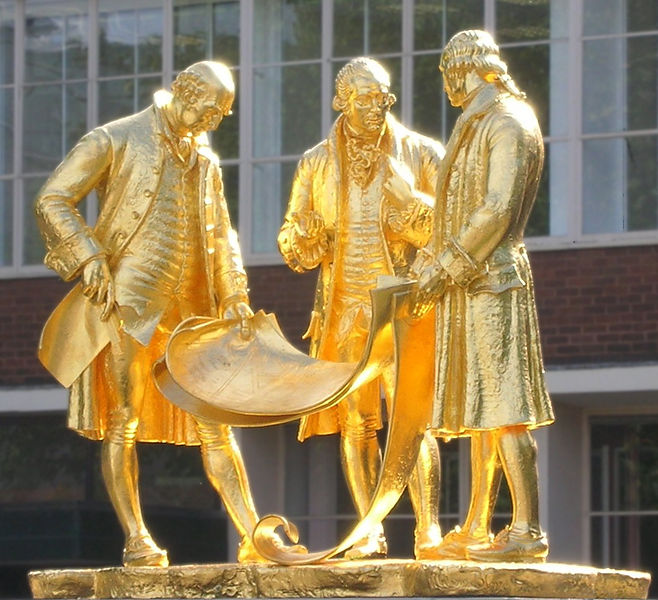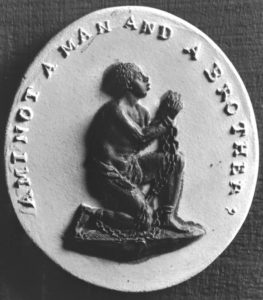What’s Inside the Box?
Katherine Neville introduces the fascinating history behind her Mystery Box story, “The Lunar Society.” See a preview of Katherine Neville’s short story: here.
As a former technological person myself, who’d participated in the early commercial phase of the computer revolution, I had long been fascinated by its predecessors: that handful of scientific entrepreneurs who, inspired by the Enlightenment and living through the American and French revolutions, had then gone on, on their own, to spearhead the Industrial Revolution that has transformed modern society.
Experimental scientists like Benjamin Franklin, Samuel Galton, Joseph Priestley, William Small (tutor of Thomas Jefferson) and Erasmus Darwin (grandfather of Charles); or the steam engine manufacturers James Watt and Matthew Boulton, whose products would mobilize everything from ships to trains to factories; or the pioneering ceramist Josiah Wedgwood, who created an affordable dishware product (one which had for so long been monopolized by another country, that it was named after: “China”)—these were inventors who’d gone from invention to mass production of their own creations, hence often combining the “spirit” of discovery with the very “material” result in wads of money. Alchemically inspiring!
What I did not know until later was that most of these men not only knew one another, but they belonged to a society they themselves had founded in England—not a secret society or a fraternal order, but a society whose sole purpose was to further and quicken the application or use of scientific discoveries. Hence, they backed the creation of better bridges, canals and waterways for moving goods and traffic; they experimented with oxygen and gas and hot-air balloons. They dubbed themselves “The Lunar Society” because they always met on the night of a full moon (for the very pragmatic reason that they could see to find their way home on horseback!).
But this Industrial Revolution, as with every revolution, was met with fierce opposition from the reactionary camp. This time, everyone—from royalty, nobility and Anglican church officials to peasant mobs—was out to nail those upstart freethinkers (or just any “thinkers” might do in a pinch).
As the “Seditious Meetings” and “Treasonable Practices” Acts were passed by Parliament, forbidding all meetings not government-approved, and as the “Church and King” riots moved across the English countryside, leaving factories and laboratories smoldering in their wake, the Lunar Society met once more—this time in secret.
For the Lunaticks were not only scientists, but also pragmatists and humanists who believed in and spoke out for concepts like equality and justice. And to a man (and one woman) they were determined, against all odds, to demolish a 300-year-old system that would strike at the very heart of the British establishment:
That system was Slavery.
See a preview of Katherine’s short story The Lunar Society here
This article was originally posted on Bookpage.com


